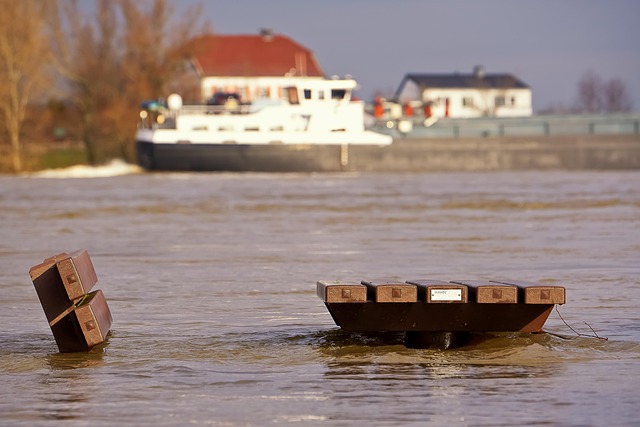In real estate, proactively addressing environmental threats is key for developers and investors. By assessing risks from natural disasters and climate change, professionals can design resilient structures using sustainable practices, durable materials, and adaptable designs. This approach not only protects investments but also contributes to a greener urban future through green infrastructure and smart city technologies. Strategic structural reinforcements, like those seen in seismic-prone areas, preserve assets and ensure community longevity. Regular maintenance, stringent building codes, and resident training complete a multifaceted approach to enhance resilience against environmental crises.
In today’s digital era, understanding environmental threats is paramount for real estate professionals. From extreme weather events to rising sea levels, these challenges demand proactive measures. This article explores strategic approaches to reinforce structures against such threats, drawing on case studies of successful implementations. By delving into specific strategies, we aim to equip real estate developers and investors with the knowledge needed to navigate these environmental hurdles and ensure resilient properties.
Understanding Environmental Threats in Real Estate

In the real estate sector, understanding environmental threats is paramount for both developers and investors. These threats can range from natural disasters like floods and earthquakes to man-made challenges such as pollution and climate change impacts. By meticulously evaluating these risks, real estate professionals can make informed decisions that reinforce structures to build more resilient communities.
For instance, integrating sustainable construction practices, employing robust building materials, and designing adaptable spaces can significantly mitigate the impact of environmental threats. Moreover, focusing on green infrastructure and smart city technologies helps in enhancing the overall resilience of properties. This proactive approach not only safeguards assets but also contributes to a healthier, more sustainable future for urban landscapes.
Strategies to Reinforce Structures Against These Threats

To reinforce structures against environmental threats in real estate, a multifaceted approach is necessary. One key strategy involves incorporating resilient design principles, such as raising buildings to higher standards, using materials that can withstand extreme weather conditions, and implementing advanced drainage systems to mitigate flood risks. Additionally, integrating green infrastructure like permeable surfaces, retention ponds, and green roofs can help absorb excess water and reduce the impact of heavy rainfall.
Furthermore, regular maintenance and inspection programs are vital to identify and address structural vulnerabilities early on. Implementing robust building codes and retrofitting older structures with modern safety features can significantly enhance their resilience against natural disasters. Regular training for residents and property managers on emergency preparedness further strengthens the overall ability to respond effectively during environmental threats.
Case Studies: Successful Implementation of Structural Reinforcements

In the realm of real estate, the successful implementation of structural reinforcements has served as a beacon of resilience against environmental threats. One notable case study involves coastal properties in the Caribbean, where developers reinforced existing structures with advanced concrete and steel beams, raising them above predicted sea-level rise. This strategy not only preserved historic buildings but also ensured their longevity in the face of intensifying storms and rising tides.
Another compelling example is seen in urban areas prone to seismic activity. Developers in California have pioneered the use of base isolation and seismic retrofitting techniques, allowing older structures to withstand powerful earthquakes. These innovations involve placing rubber bearings beneath critical buildings, decoupling them from the ground and minimizing damage during seismic events. Such successful implementations highlight the transformative power of strategic structural reinforcements in safeguarding assets and communities alike.






